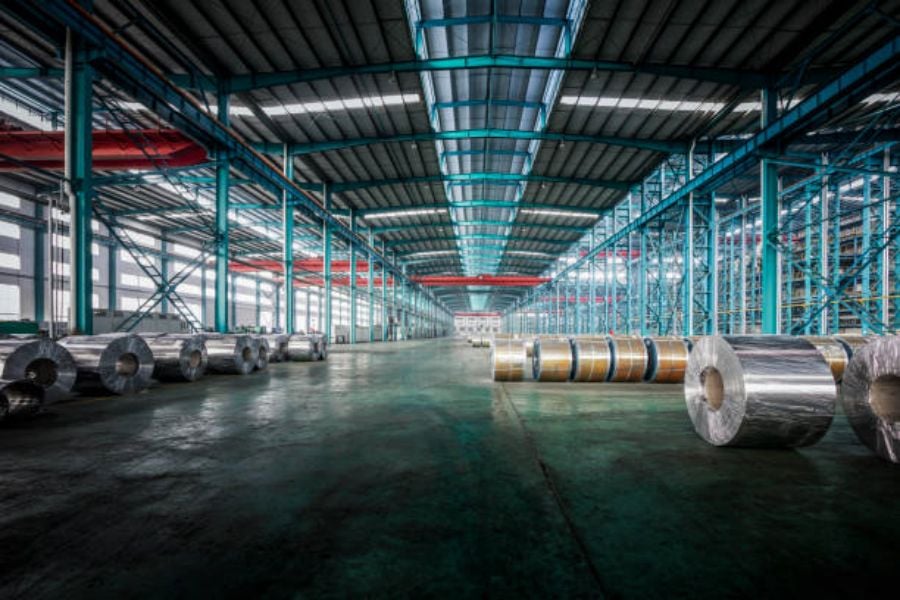Introduction
metal roll forming equipment is an essential tool in the manufacturing industry. It is used to transform various types of metal into specific shapes and profiles. This article will provide a comprehensive overview of metal roll forming equipment, its benefits, applications, and key considerations. Whether you are a professional in the industry or simply curious about the process, this guide will give you valuable insights into the world of metal roll forming equipment.
The Basics of Metal Roll Forming Equipment
Metal roll forming equipment is a machine that gradually shapes metal sheets or strips into desired profiles by passing them through a series of rollers. The process begins with a coil of metal that is fed into the machine. As the metal passes through the rollers, it undergoes deformation until it reaches the desired shape. This process is highly precise and can produce complex profiles with great accuracy and consistency.
The Benefits of Metal Roll Forming Equipment
Metal roll forming equipment offers numerous advantages over other metal shaping methods. One of the key benefits is its ability to produce long lengths of metal profiles with minimal waste. Unlike traditional cutting and welding methods, roll forming eliminates the need for multiple joints, resulting in stronger and more uniform products. Additionally, the process is highly efficient, with high production rates and low labor requirements.
Applications of Metal Roll Forming Equipment
Metal roll forming equipment finds applications in various industries. One of the most common uses is in the construction sector, where it is utilized to manufacture components such as roofing and siding panels, gutters, and window frames. The automotive industry also heavily relies on roll forming for producing structural components, such as chassis rails and door frames. Other industries, including aerospace, furniture, and appliances, also benefit from the versatility and efficiency of metal roll forming equipment.
Considerations for Choosing Metal Roll Forming Equipment
When selecting metal roll forming equipment for your manufacturing needs, several factors should be taken into account. Firstly, the material compatibility is crucial. Different metals have different properties, and the machine should be capable of handling the specific material you intend to work with. Furthermore, the desired profile complexity and production volume should be considered to ensure that the machine can meet your requirements. Finally, the overall cost, including maintenance and operational expenses, is an important consideration to ensure the investment is economically viable.
Maintenance and Safety
Proper maintenance of metal roll forming equipment is essential to ensure its longevity and optimal performance. Regular cleaning and lubrication of the machine's components help prevent wear and tear and minimize the risk of breakdowns. It is also important to follow all safety guidelines and provide proper training to operators to minimize the risk of accidents. Safety features, such as emergency stop buttons and protective guards, should be present and regularly inspected to maintain a safe working environment.
Latest Technological Advancements
The field of metal roll forming equipment has seen several technological advancements in recent years. One notable development is the integration of computer numerical control (CNC) systems into roll forming machines. CNC technology allows for precise control of the machine's movements, resulting in higher accuracy and repeatability. Additionally, the use of servo motors and advanced sensors enables real-time monitoring and adjustment of the forming process, further enhancing the quality and efficiency of the produced profiles.
Choosing the Right Manufacturer
When investing in metal roll forming equipment, it is crucial to choose a reputable and reliable manufacturer. Look for manufacturers with a proven track record in the industry and positive customer reviews. Consider their experience, expertise, and the range of equipment they offer. It is also beneficial to inquire about after-sales support, warranty, and spare parts availability. Taking the time to research and select the right manufacturer will ensure that you receive a high-quality machine that meets your specific requirements.
Future Trends in Metal Roll Forming Equipment
The future of metal roll forming equipment is promising, with ongoing advancements in technology and materials. One emerging trend is the use of lightweight and high-strength alloys, such as aluminum and advanced steels, which offer improved performance and sustainability. Additionally, the integration of artificial intelligence and machine learning algorithms is expected to enhance the efficiency and productivity of roll forming processes. As the industry continues to evolve, metal roll forming equipment will play a pivotal role in shaping the future of manufacturing.
Conclusion
Metal roll forming equipment is a versatile and efficient solution for shaping metal into desired profiles. Its benefits, applications, and technological advancements make it an essential tool in various industries. When choosing metal roll forming equipment, consider factors such as material compatibility, profile complexity, and overall cost. By selecting a reputable manufacturer and ensuring proper maintenance and safety practices, you can maximize the productivity and longevity of your metal roll forming equipment. Stay informed about the latest trends and advancements in the industry to stay ahead of the competition and embrace the future of metal roll forming.

